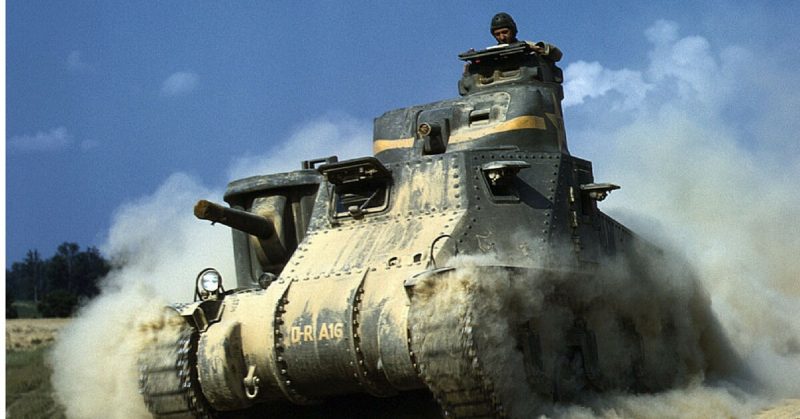The M3 was an American WWII-era medium tank that saw action on all fronts of the war, whether as part of the U.S. Army or the USSR, as it was one of the tanks that were part of the lend-and-lease program provided by the American government.
In 1940 the British were in dire need of a suitable medium tank, one that could respond to the growing threat of German superior Panzer design.
The M3 was designed during that year, and in 1941 it entered production and service. It was far from perfect ― its design was archaic, its main gun wasn’t able to fully rotate, and it showed bad performance in off-road conditions.
Nevertheless, in the early stages of the war, before the M4 Sherman was available in mass numbers, the M3 had to carry the burden of being the main opponent to the dreadful Panzer IV, the best German tank of the time.
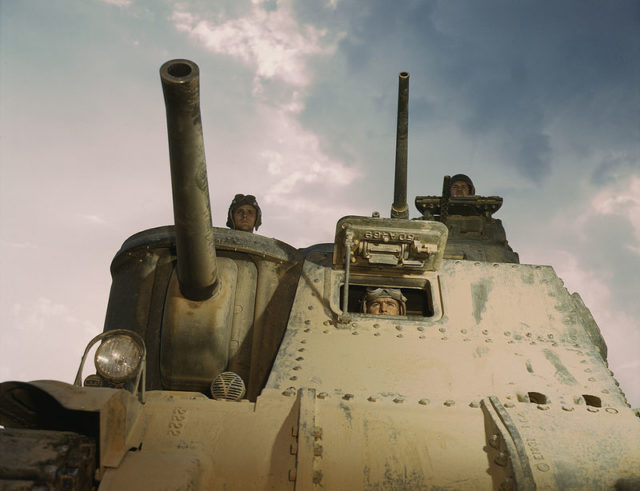
The M3 earned two nicknames during its service, depending on the turret design.
The ones employing the U.S. pattern turret were called Lee, and the ones employing the British pattern were called Grant.
Both nicknames were derived from figures from the American history, the first one being the Confederate general, Robert E. Lee, and the other one being Ulysses Grant, the 18th President of the United States.
The M3 was a double turret tank with a 75 mm main gun, joined with a 37 mm gun as secondary armament.
It appeared as a robust tank, but sturdy and well armored. Its six-man crew was protected by a 51 mm frontal armor, together with 38 mm hull sides and rear.
Out of 6,258 M3s produced by the U.S., 2,855 were supplied to the British Army, and about 1,386 to the Soviet Union.
The M3 Lee embarked the shores of North Africa in 1942 as part of the standard U.S. Army armored arsenal.
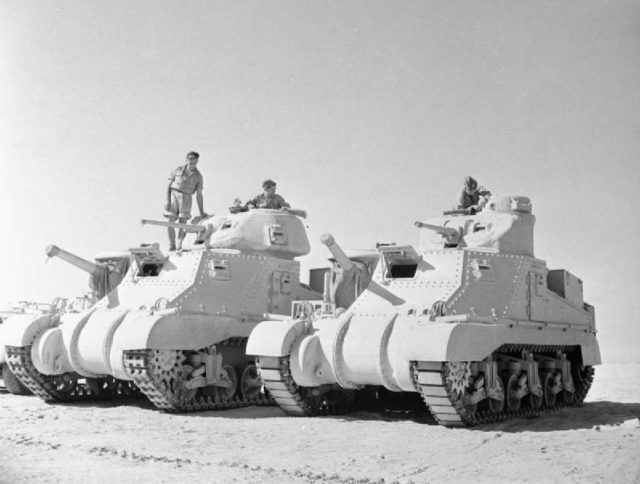
The tank’s 75 mm gun showed superior firepower against all Italian tanks, as both Fiat M13 and M14 were practically helpless against it.
Even the Germans were unpleasantly surprised when it began apparent that Panzer IV often fell victim to the M3 Lee in open combat.
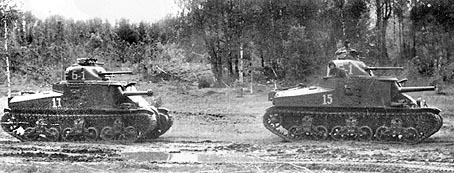
Nevertheless, in the Soviet Union, it earned a nickname “a grave for six” (referring to the crew), as most of them saw action in 1943, in the time when the Germans already effectively employed the Tiger and the Panther tank.
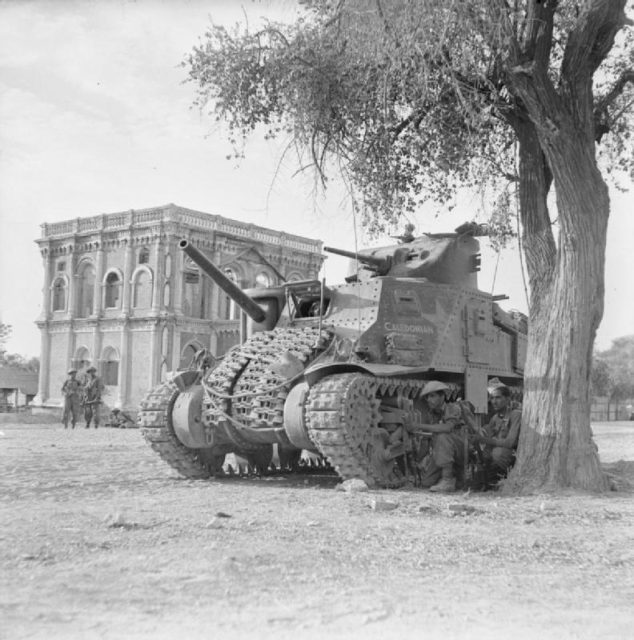
In the Pacific, the M3 Lee was part of British, American, and Australian armored divisions and it showed great performance against Japanese light tanks such as the Type 95 Ha-Go.
The Japanese were heavily outgunned during their first contact with the British M3 Lee tanks during the Battle of Imphal in 1944.
Overall, the M3 Lee and Grant tanks were considered to be reliable tanks during their first years of service, in 1942 and 1943.
After that the U.S. Army decided to decommission them during that time because of the emergence of far superior armor within the Wehrmacht ― the Tiger I, the Panzer IV with an upgraded 75 mm gun, and the Panther.
During the Invasion of Normandy, the M3 was almost completely replaced by its successor, the M4 Sherman.
The British used the tank until the end of the war, and so did the Soviets, during their 1944 Petsamo–Kirkenes Offensive. Australia continued to employ the M3 Lee after WWII, finally retiring in the 1950s.
